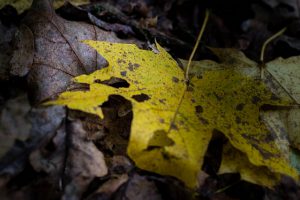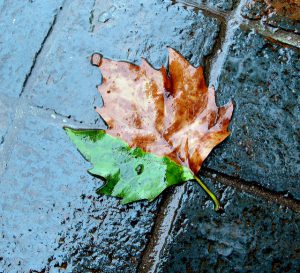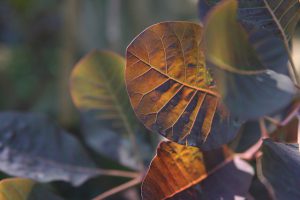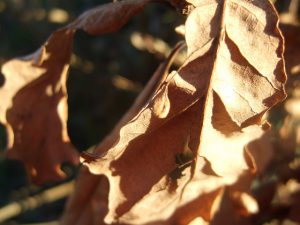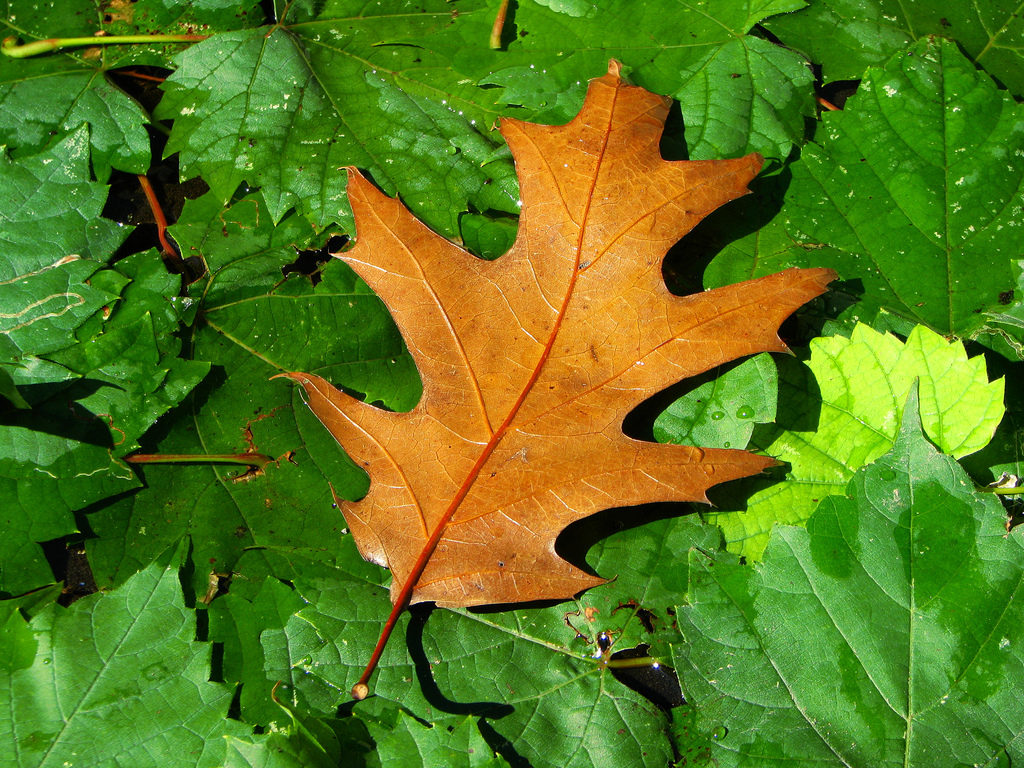
Every year, your leaves start to turn brown around the fall months. This is normal, and in certain parts of the world, can be extremely beautiful. Many of us look forward to the leaves changing colors. However, when it isn’t fall, and the leaves start changing colors, that is when the problems start. Brown leaves can be a sign of something that you don’t want to hear: your tree isn’t doing too well.
Trees may be gorgeous in the fall when they change, but the sad truth behind why leaves turn brown in the autumn is just that: sad. Your trees aren’t healthy, they feel sick, or they just need more love than you have been giving them.
If you spot your leaves turning brown before it seems appropriate, you should dig deeper into the reason why – and then take care of the problem as soon as possible.
If you spot leaves that are turning brown before it seems appropriate, you might have something else going on that needs to be taken care of immediately. Here are four tips for how to handle the situation – you have to act quickly in many cases:
4. Look for Infestations
- Beetles commonly cause brown leaves
- Spruce trees tend to go brown quickly because of infestations
- Holes often appear before or at the same time as the browning
According to The Spruce, “Tree care is a critical investment for the future of your landscape. So while brown leaves, dead limbs, and the like don’t always mean you have a dying tree, it’s important to take notice of such troubling signs and learn their causes.” They go on to say that one of the main causes of browning is in fact, infestations.
It is normal to see a few pests here and there on your trees, but it is not good to see many bugs at once – especially if they are the same types of bugs. The first thing you need to do is remove the infestation, either by contacting a professional or using some home-based methods that don’t use chemicals.
3. Look Toward the Roots
- Leave change really early into the fall
- Stem girdling occurs in the roots
- Entire tree loses color
According to the University of Minnesota, “Leaf tip and margin scorching is a common, visible symptom of physiological stresses caused by SGRs. However, this might also indicate a soil water extreme (droughty or flooded), root death from a variety of causes, bacterial- and fungal-induced leaf scorch, cambial death from cold temperatures, herbicide drift, or nutrient disorders.” This is another one of the major causes of leaf browning and wilting.
This specific type that comes from the roots comes from girdling, which is almost what it sounds like – the tree squeezing itself to death. It seems strange, but if this happens, the first things that feel the impact are the leaves – right on the tips. Then the browning moves down toward the stem.
You will notice the tree root wrapping around at the bottom of the tree. It can, if left unchecked, wrap completely around the tree. The ground falls away under the girdling eventually, which makes it harder for the trees to get the nutrients it needs.
2. Learn the Different Types of Browning
- Partial browning – only a small part of the leaf browns
- Shoot browning – near the bottom
- Mid-browning – usually splotches on the leaf
One of the most important things about treating leaf browning is understanding what type of browning it is – because each one means something different, according to the Royal Horticultural Society. Since each type of browning has a different cause, that makes sense that they all have different solutions as well.
Trees that only have partial browning, especially browning near the tips, need more water. Draughts cause this type of browning regularly. They’ll start at the tips, especially when the tree is younger. To avoid this, set up an irrigation system – but make sure you aren’t overwatering.
Browning from within, or even blackening, is a sign that you are doing just that: overwatering. If the tree is waterlogged, it starts pushing water out of the roots and diverting it someone else.
If you only see the shoots turning colors, you don’t have to worry as much. You want to remove the shoots because they are not valuable to the tree. While you can do this yourself, you want to be careful about it because you can encounter major problems if you damage the tree – especially if it is already vulnerable.
1. Contact a Professional
- If you can’t identify the source of the problem
- Your entire tree is starting to show signs of distress
- You want to immediately start treating the problem
At the end of the day, the best thing you can do if your leaves are brown and wilting is call a local tree care professional. This will help you to ensure that nothing is wrong with your tree that cannot be helped by a simple step and some TLC. Tree care professionals can help you to spot issues that maybe you wouldn’t be able to see. After all, everyone with a professional license must take classes to learn how to see things like diseases, fungus, malnutrition, and even competing trees.
When hiring a tree care professional, make sure to work with a team that knows the area and the trees that grow here. They have to be able to understand the soil and the environmental factors that can (and do) impact your trees. The company will send out a representative to look at your trees and then show you different ways to fix the problem. It is that simple, and you won’t have to play the guess and check game while your trees keep getting sicker.
At Van Till Tree Care, we aim to help you keep your tree safe and beautiful. We will work with your yard’s natural chemistry to find the safest and gentlest way to keep your trees happy and healthy – and your leaves the right color.
Give us a call at (800) 554-3834 so that one of our professionals can come inspect your tree and determine what the next steps should be.

